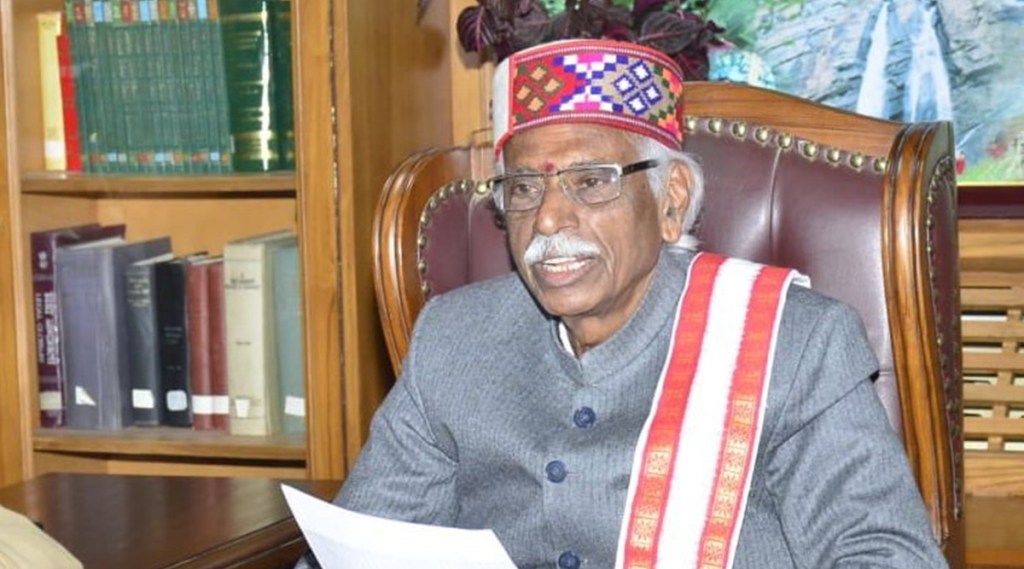By KG Narendranath
Indian Union Budget 2021-22: The Centre has chosen to be more honest with its finances, when it looked the grimmest. If it hadn’t transferred the liability of over Rs3 lakh crore arising out of the NSSF loan for the Food Corporation of India (FCI) on to the Budget, the fiscal deficit in FY21 would have been 8% of GDP, instead of 9.5% announced.
While projecting a fiscal deficit of 6.8% for FY22 even with flat growth in Budget size, the government tacitly admitted that 3% fiscal deficit, as mandated under the FRBM road map, is a very demanding — if not unsustainable — target in the Indian context. This goal has been missed on more occasions than it was met. Even in the new glide path laid out, the deficit is seen to be 4.5% in FY26.
Also Read: Check Union Budget 2021 Live Updates here:
The Economic Survey 2020-21 advised the government to be “more relaxed about debt and fiscal spending”, and even argued for a rethink on the established fiscal consolidation policy. The survey cited that interest on debt paid by the Government of India has often been less than the rate at which the country’s economy expanded.
The gravity of the fiscal situation, however, will be evident with the rising share of revenue deficit (RD) in the fiscal deficit (FD). The RD, which is supposed to be eliminated, was 71% of FD in FY20, but rose to 79% in FY21 and is projected to be 76% in FY22.
Two years of highly elevated fiscal deficits are reflecting on interest payments, which are projected to rise from Rs6.12 lakh crore in FY20 to Rs8.1 lakh crore in FY22.
This time around, the government has been more realistic in setting the disinvestment target. Despite a robust existing pipeline and the announcement that two public sector banks will be privatised, the disinvestment target for the next fiscal has been set at Rs1.75 lakh crore, much lower than Rs2.1 lakh crore set for FY21. Only Rs32,000 crore is seen to be mobilised in FY21. While an asset mobilisation pipeline has been unveiled, no stiff target has been set to boost the non-debt capital receipts from this during FY22.
The tax revenue projections for FY22 are not unduly optimistic either. Growth of 16.7% in gross tax receipts, upon nominal GDP growth of 11.4% demands a buoyancy of 1.2. That, on the face of it, needs a sudden, dramatic turn around from negative buoyancy rates of FY20-FY21. However, given the steady and steep rise in GST collections — thanks partly to the use of data analytics to improve compliance — robust excise mop-up, and the likely pick-up in corporate profits (corporate tax collections are seen growing 23% on year), the seemingly ambitious target may be within reach.
It may be noted that the (central) tax-GDP ratio, which dipped 9.9% in FY20 from 11% in the previous year, is projected to be roughly at the same level in both FY21 and FY22. What came to the government’s aid in FY21 was a surge in excise collections (up Rs94,000 crore or 26% over Budget estimate) in FY21.
While the Budget size grew by a sharp 28% in FY21 to cater to the needs of the pandemic-hit economy and gave succour to the vulnerable sections of the population, flat growth is projected in FY22.
This is even as the budgetary capital expenditure is projected to increase 26% to Rs5.54 lakh crore. The revenue expenditure is being sought to be curbed, with the allocations for even popular schemes like MG-NREGA being regulated (Rs73,000 crore in FY22 against Rs1.1 lakh crore in FY21).
A pertinent point is that the states are bearing the brunt of the dip in tax revenue, more than the Centre. For the second year in a row, tax devolution to the states declined — by 15% in FY20 and 15.5% in FY21. The aggressive use of the cess route by the Centre to tax auto fuels has allowed it to enhance the non-sharable tax pool.
The shifting of liabilities on account of the NSSF loan for FCI to the Budget is a sign that the government wants the grain procurement operations to be unhindered. It will also help reduce the economic cost of grains and the actual food subsidy outgo, as FCI will save the interest it pays on its borrowings from banks and NSSF.
The Centre had budgeted to borrow Rs7.80 lakh crore in 2020-21 but was forced to raise it by as much as 54% in May last year to Rs12 lakh crore.
However, the Centre has now announced that it will borrow Rs80,000 crore more in February and March, taking the full-year market borrowing to a record Rs12.8 lakh crore. At 6.8%, the Centre’s fiscal deficit target for the next fiscal exceeded the forecasts of 5-5.5% of GDP. G-secs issuance next year is placed at RS9.7 lakh crore, a quantum enough to put upward pressure on yields, along with the state development loans to be raised by states.


